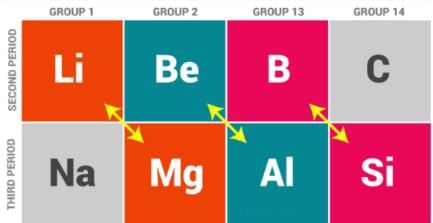Test: The s-Block Elements - 1 (Old NCERT) - JEE MCQ
25 Questions MCQ Test - Test: The s-Block Elements - 1 (Old NCERT)
Sodium and potassium belong to the category of
What is the oxidation state of K in KO2?
Potassium ions are the most abundant cations. They:
Metal carbonates decompose on heating to give metal oxide and carbondioxide. Which of the metal carbonates is most stable thermally?
Dehydration of hydrates of halides of calcium, barium and strontium i.e.,
can be achieved by heating. These become wet on keeping in air. Which of the following statements is correct about these halides?
One of the following is highly radioactive
To acquire noble gas configuration, alkaline earth metals lose
The diagonal relationship exists between
Choose the correct statements from the following.
Which one of the following orders presents the correct sequence of the increasing basic nature of the given oxides?
Lithium has most negative E0 value,its reaction with water is less vigorous than that of sodium which has the least negative E0 value among the alkali metals. The reason is
Alkaline earth metals show large size of the atoms. Therefore, they have
Metals form basic hydroxides. Which of the following metal hydroxide is the least basic?
Several sodium compounds find use in industries. Which of the following ompounds are used for textile industry?
Monovalent sodium and potassium ions found in large proportions in biological fluids. They help in
When sodium is dissolved in liquid ammonia, a solution of deep blue colour is obtained. The colour of the solution is due to
Choose the correct order of increase in electropositivity of alkali earth metals in the options given below
Some of the Group 2 metal halides are covalent and soluble in organic solvents. Among the following metal halides, the one which is soluble in ethanol is
Which of the following compounds are readily soluble in water?
Divalent magnesium and calcium ions are found in large proportions in biological fluids.
The alkali metals dissolve in liquid ammonia giving deep blue solutions. When they become diamagnetic, the solution turns into
The solubility of metal halides depends on their nature, lattice enthalpy and hydration enthalpy of the individual ions. Amongst fluorides of alkali metals,the lowest solubility of LiF in water is due to
Which of the following are the correct reasons for anomalous behaviour of lithium?



 Hence C is the correct answer.
Hence C is the correct answer.










